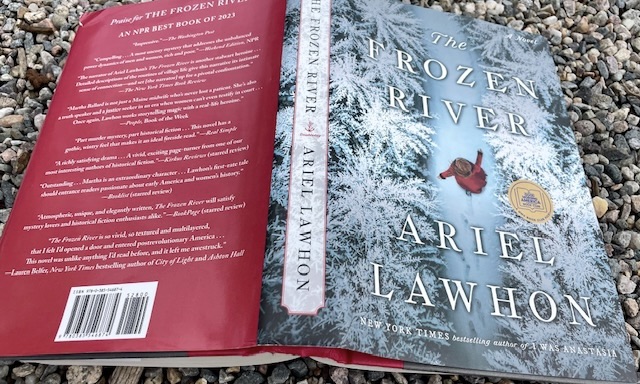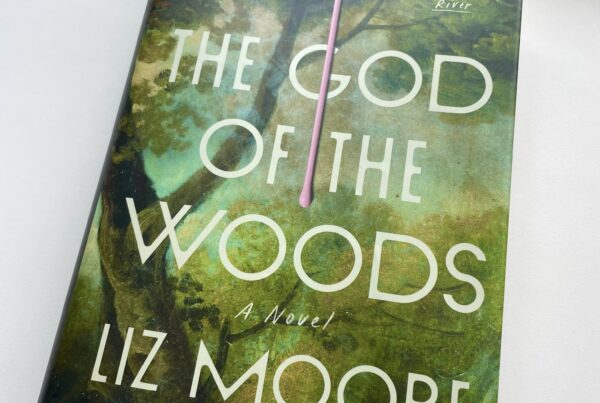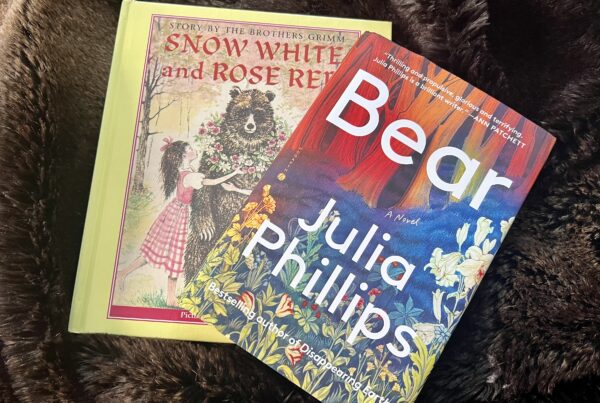Children – begetting and birthing them, raising and teaching them – have played a considerable role in historical and literary narratives, of which The Frozen River by Ariel Lawhon is both.
Serendipity gave Lawhon the idea for her latest novel. She was in the doctor’s office fifteen years ago, waiting for an appointment with her obstetrician, when she stumbled upon the story of an 18th-century midwife named Martha Ballard who delivered over a thousand babies in Colonial Maine. From there, Lawhon conjured a textured narrative world based on Laurel Thatcher Ulrich’s biography of Ballard’s life.
In The Frozen River, Martha emerges as an Ur-Feminist, a survivor of sexual assault who becomes not only a happy wife and mother to her own children but also a woman with a real career. Her experience as a trusted midwife brought her into contact with diverse community members and earned her money of her own. Over time, she became a reader, a writer, and an untrained legal advocate. When a man accused of raping a local woman turns up dead in the river, Martha, to whom the victim confessed the horrific details, proves that he did not drown, but was murdered. By the end of the novel, Martha even figures out who put the noose around his neck and threw him in the water.
Beyond the fast-paced element of a classic who-done-it, The Frozen River paints a vivid picture of life at the beginning of the America we recognize today – one of commerce, opportunity, property, intersection, family legacy, and not too far under the surface, violence. Lawhon paints her pages vividly with all of the colors, smells, sounds, and sights of a merry tavern, a reliable general store, a husband’s workroom, a family’s kitchen, a horse’s attitude, the feel of a falcon’s talons resting on, but not piercing, a woman’s arm.
Of all the resonant details in The Frozen River, though, I particularly loved Lawhon’s description of Martha’s writing practice. With gifts from her husband, Ephraim – ink, quill, and journal – Martha distills her overfull life to a few basic elements: the date, the weather, the main activity, and her current whereabouts (“I have been at home”).
The centrality of Martha’s family life to her professional pursuits – the idea that they were not at odds for her but were interwoven – is a pleasing anachronism. The inspiration for it came directly from Lawhon’s own experience of her family and writing life during the pandemic, when she was “surrounded at all times by [her] four adolescent boys.” As she says, “I had to do my work smack dab in the middle of my family life. And that is exactly how Martha Ballard lived and worked for decades. There was no separation.”
A colleague at work once told me that she doesn’t put much stock in the idea of a “work-life balance” – that there’s really no such thing. Ariel Lawhon, through her imaginative version of 18th-century midwife Martha Ballard, suggests much the same in The Frozen River – for many women, life and work are one.




